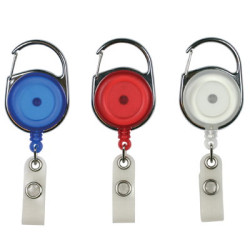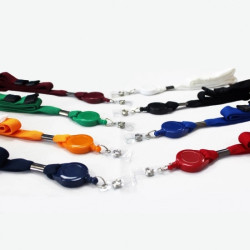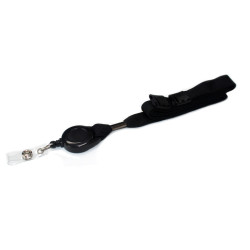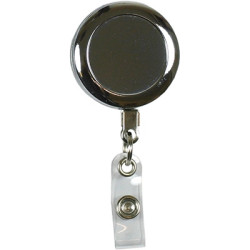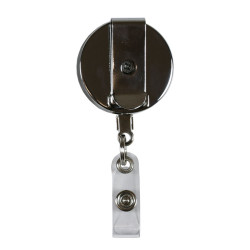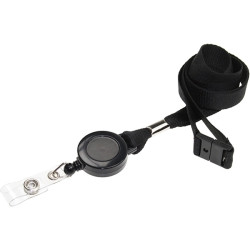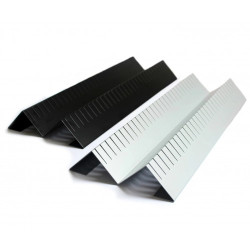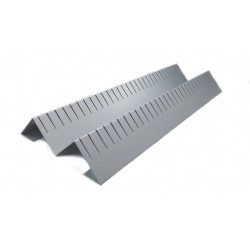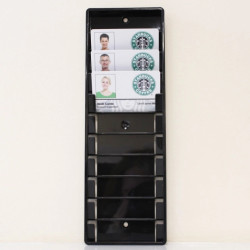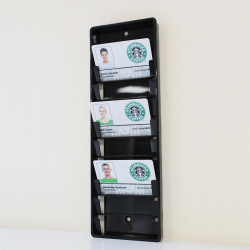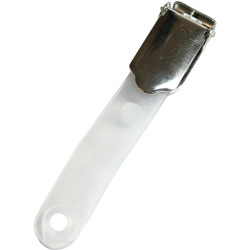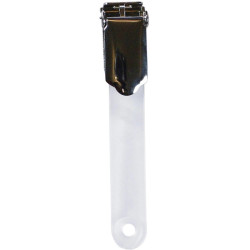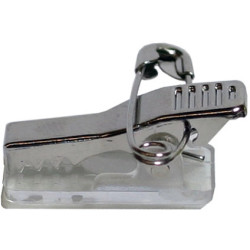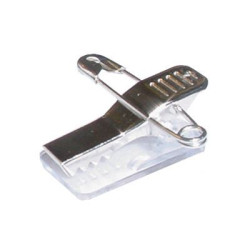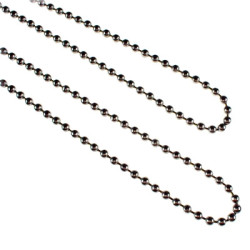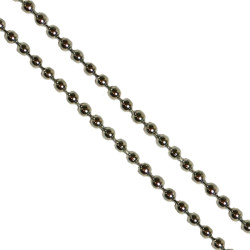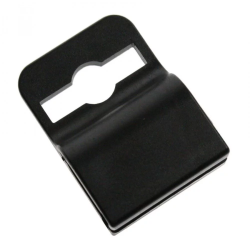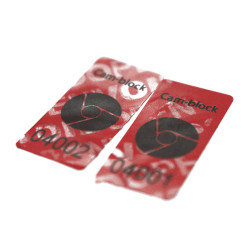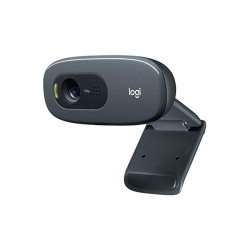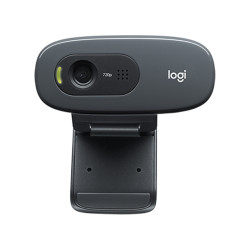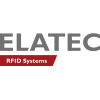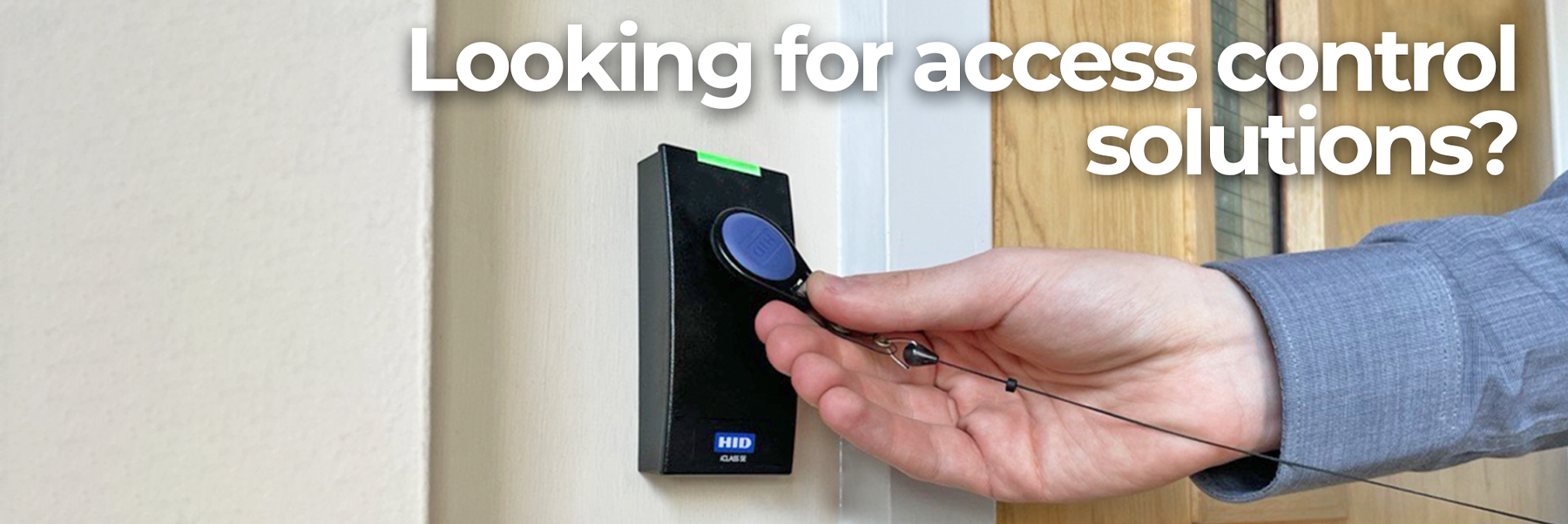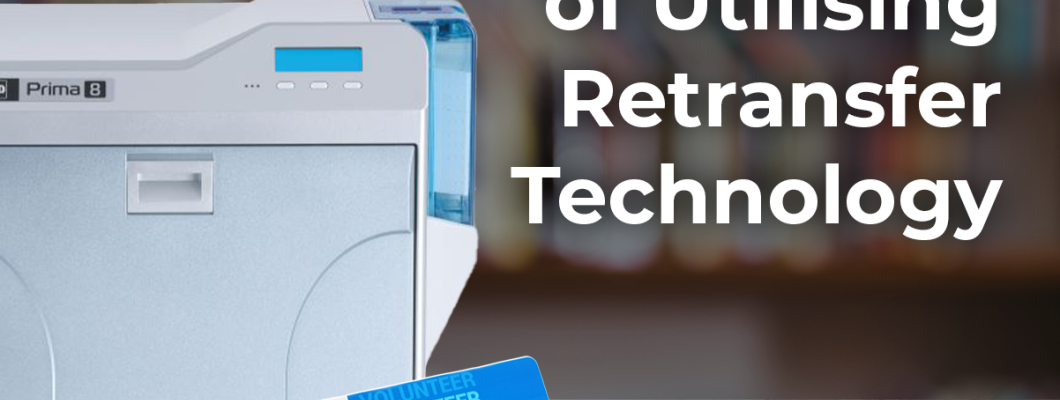
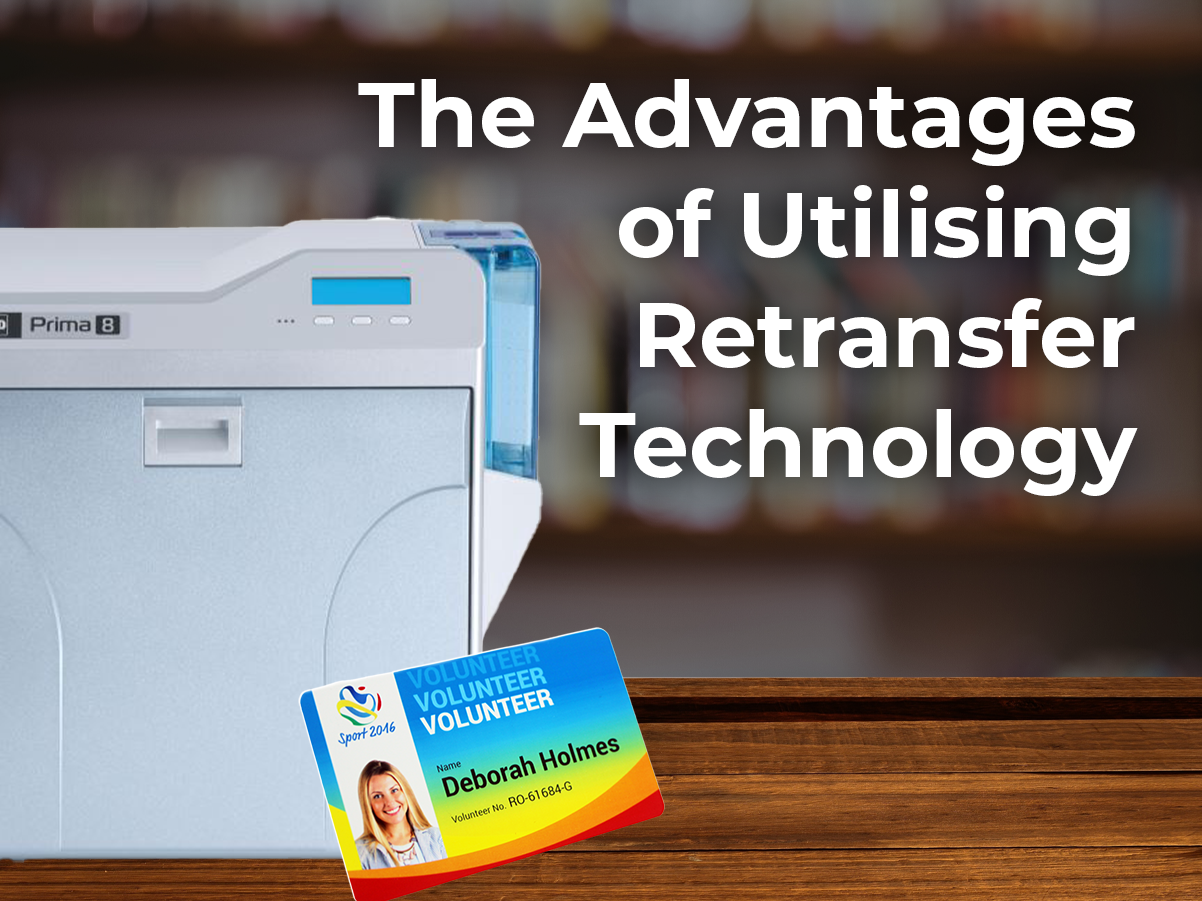
Retransfer technology has gained popularity among organisations that are seeking high-quality and durable ID cards. Retransfer printers can be set apart from other models thanks to the printing process they use, which involves transferring the printed image onto a film before applying it to the card’s surface. This results in superior print quality and longer-lasting durability, making retransfer printers an excellent option for printing on cards with uneven surfaces, such as access control cards.
Although retransfer printers may have a higher initial cost and ongoing maintenance expenses compared to other ID card printers, their cost of ownership can be justified by several factors. For example, organisations can save money by eliminating the need for multiple pre-printed cards and reducing the likelihood of wastage by reprinting cards due to poor print quality. Moreover, the versatility offered by retransfer printers eliminates the need for frequent card replacements, ultimately saving time and increasing productivity.
In this article, we will delve into the cost-effectiveness of retransfer ID card printers by examining their total cost of ownership and analysing the factors that impact it.
Total Cost of Ownership of Retransfer ID Card Printers
When deciding on whether or not a retransfer ID card printer is right for your business, the first consideration is the initial cost. This can be a major expenditure for any organisation, with entry-level models beginning at approximately £2,000. More advanced models with extra features or encoders can be substantially pricier.
To choose a model that fits your requirements while staying within budget, it's critical to consider the ongoing costs and benefits.
To ascertain the total cost of ownership of a retransfer ID card printer, first you must consider both the initial cost and the ongoing maintenance expenses throughout the printer's lifespan.
Although retransfer printers may have a higher initial cost compared to other ID card printers, their durability, high-quality output, and ability to print on non-flat surfaces make them more cost-effective in the long run.
Additionally, their adaptability can save organisations money by eliminating the need to stock multiple pre-printed card inventories or reprint cards due to poor print quality. By factoring in all these costs and benefits, organisations can make informed decisions when selecting the right retransfer ID card printer to meet their requirements.

Ongoing Costs of Retransfer ID Card Printers
While the initial cost of a retransfer ID card printer is a crucial consideration during the purchasing process, ongoing maintenance expenses are frequently disregarded. These costs may include regular cleaning of the printer, replacing consumables such as ribbons and cleaning kits, and repairing the printer if required. Maintenance is vital to ensure the printer's longevity and consistent, high-quality output.
Retransfer ID card printers need specific consumables to ensure they function at their optimum level. These include ribbons, retransfer films, and cleaning kits. The cost of these consumables may fluctuate based on the printer's make and model, as well as the printing requirements, such as single or double-sided printing and any other security features. Generally, colour ribbons are the most expensive consumable, with costs varying depending on the film type used and the volume of printing required.
When selecting consumables for a retransfer ID card printer, it's crucial to consider the quality of the materials. High-quality consumables guarantee consistent and precise printing, as well as help to prolong the printer's lifespan. Cheaper consumables may result in subpar print quality, which could lead to expensive reprints or even damage to the printer.
Regular maintenance is essential to keep retransfer ID card printers operating optimally and extend their lifespan. Maintenance tasks include cleaning the print head using a cleaning card, cleaning the rollers, and removing any dust that may have accumulated (the air intake is typically very high on these printers). Additionally, worn-out parts may need to be replaced. The cost of maintenance can vary based on the printer's usage, age, and the type of maintenance required.
Best Practice for Maintaining Retransfer Printers
To maintain optimal performance and prolong the lifespan of retransfer ID card printers, regular maintenance is essential. This includes tasks such as cleaning the print head using a cleaning card, cleaning the rollers, and removing any accumulated dust, with special attention given to the printer's high air intake.
In addition, worn-out parts may need to be replaced, and maintenance costs can vary depending on the printer's usage, age, and required maintenance type. By recognising the importance of regular maintenance, organisations can keep their retransfer ID card printers in optimal condition and extend their lifespan.
Training for Optimal Use of Retransfer Printers
Using retransfer ID card printers requires initial training to ensure proper operation and maintenance and reduce the risk of user error. Therefore, it's crucial to provide staff with the necessary training to ensure that they can operate and maintain the printer effectively. Organisations may opt to provide in-house training or utilise Plastic-ID’s installation and training service, IDAssist.
Other Costs of Retransfer Card Printers
When selecting a retransfer ID card printer, it's important to consider more than just the price. Other crucial factors include the warranty, printer and consumable availability, print speed, bend remedy, and encoding options. These factors can impact the overall efficiency and effectiveness of the printer in meeting the organisation's needs and therefore, it is vital to select a printer that fits the organisation's requirements and ensures continuity of uptime.
Plastic-ID provides a consultative approach and can provide in-depth information, specific advice, or a quotation upon request. The provided cost estimates are based on an annual usage of 50,000 cards, approximately 200 cards per day, and are subject to change.
In conclusion, organisations can benefit greatly from retransfer ID card printers, but they require proper training and maintenance to achieve optimal results.
For more information about how retransfer printers can improve your plastic card printing, please get in touch with a member of our expert team.


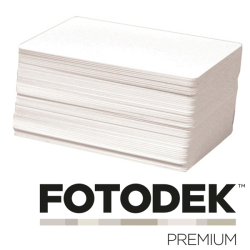
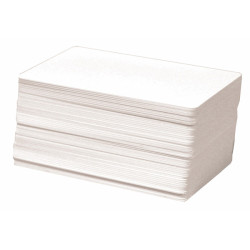

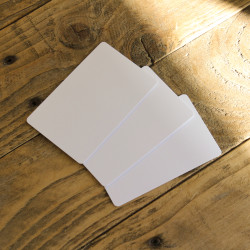

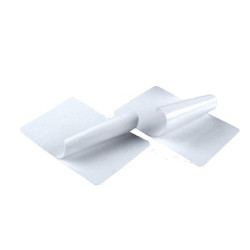
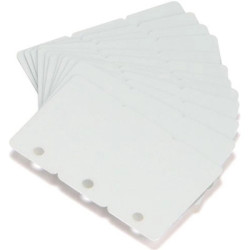
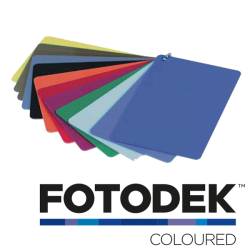
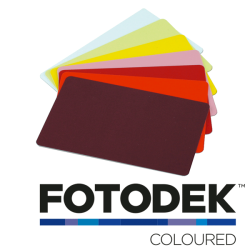
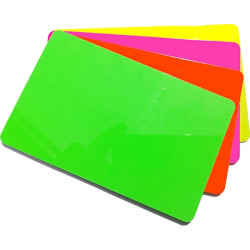
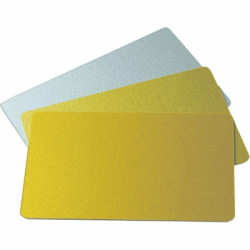
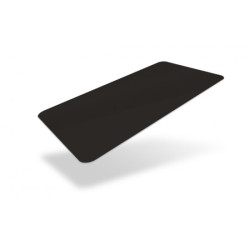
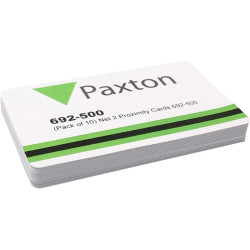
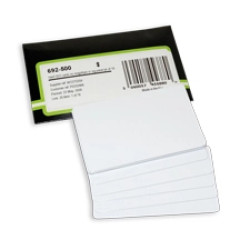
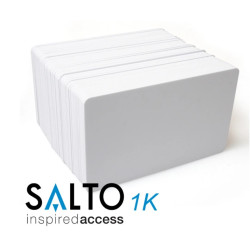
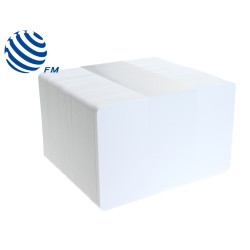
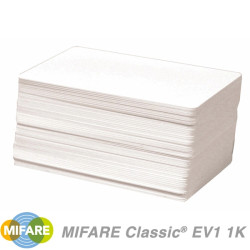









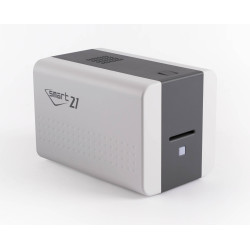
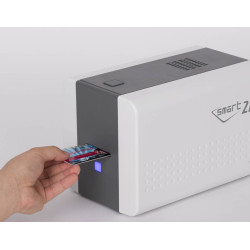
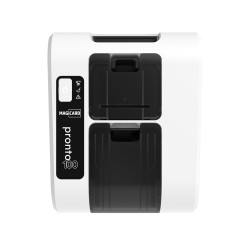

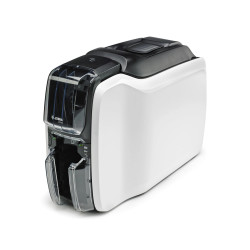

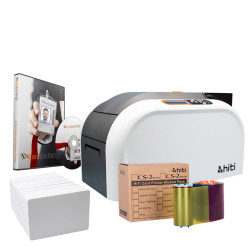
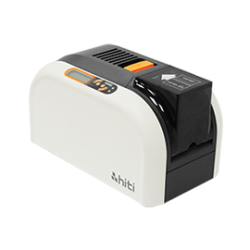
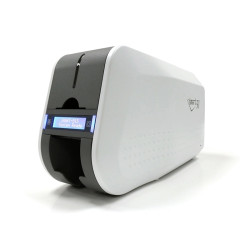
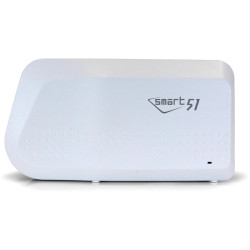
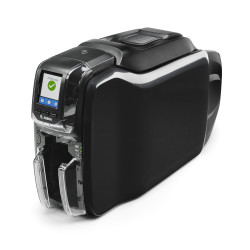
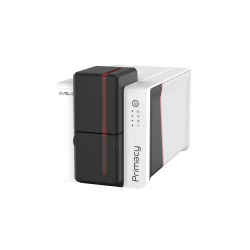
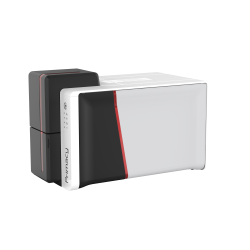
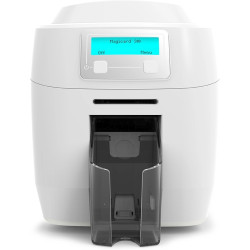
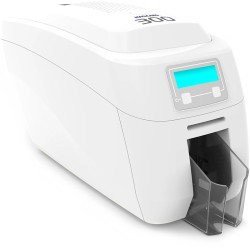
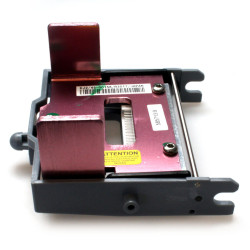
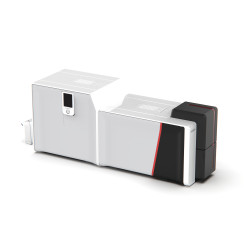

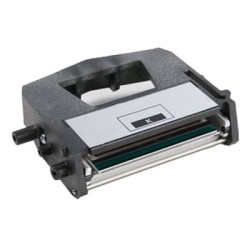
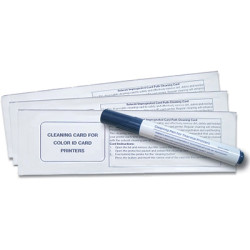
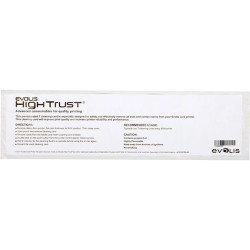
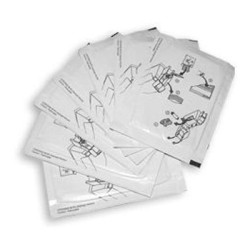
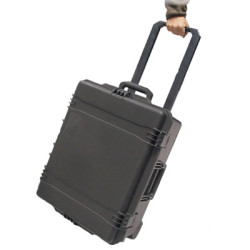









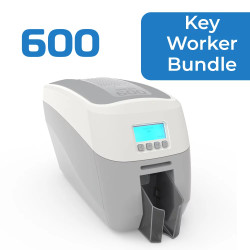

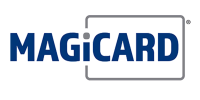





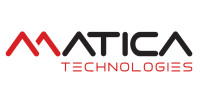


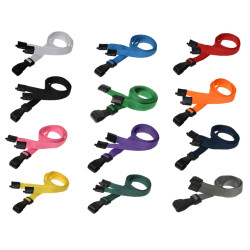
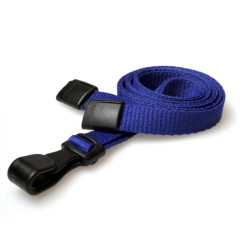

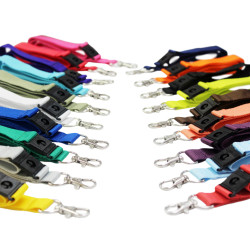
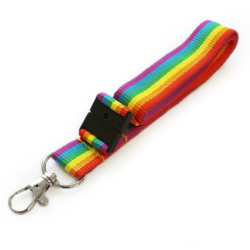
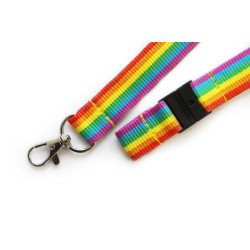

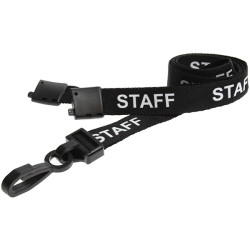
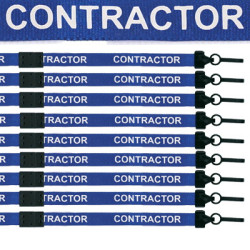
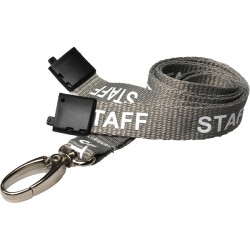
-1800x601.jpg)




